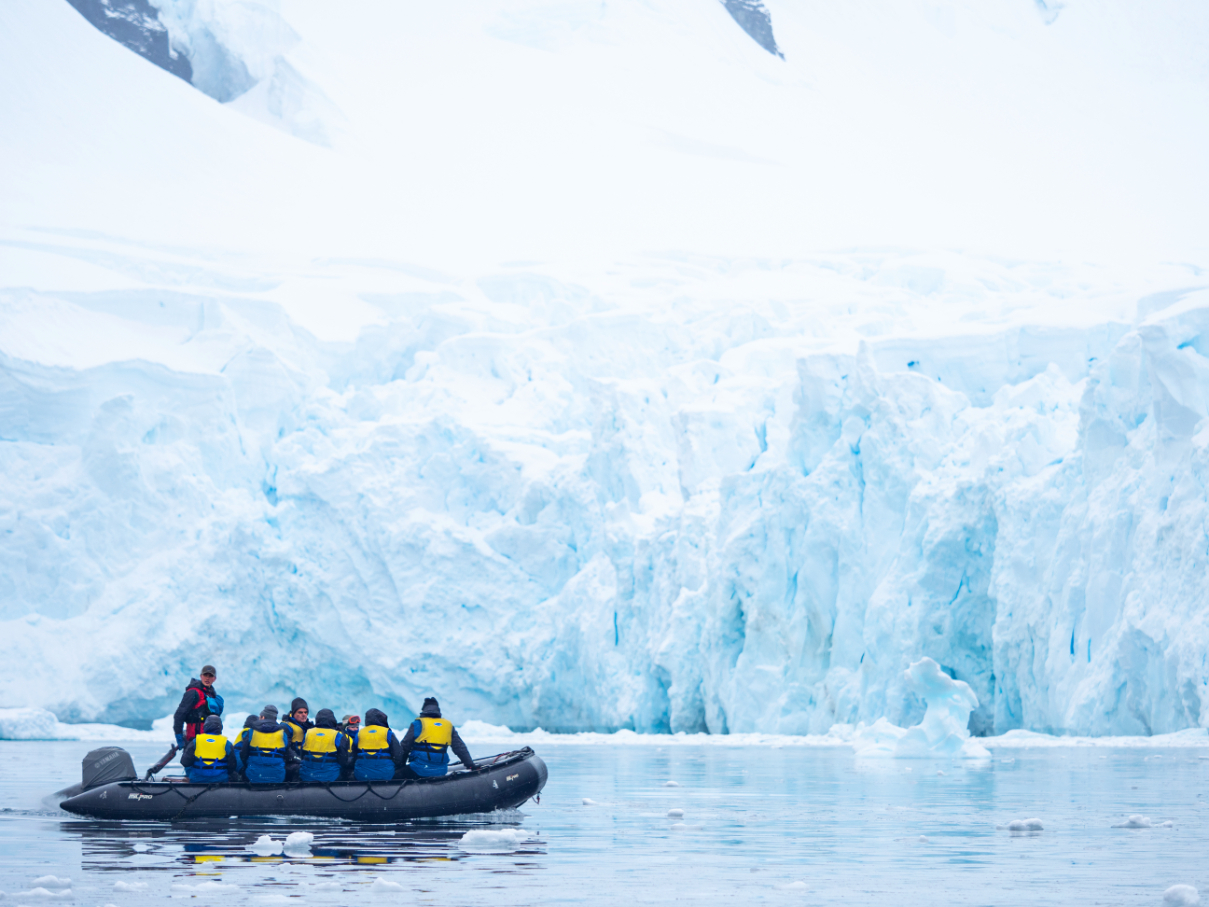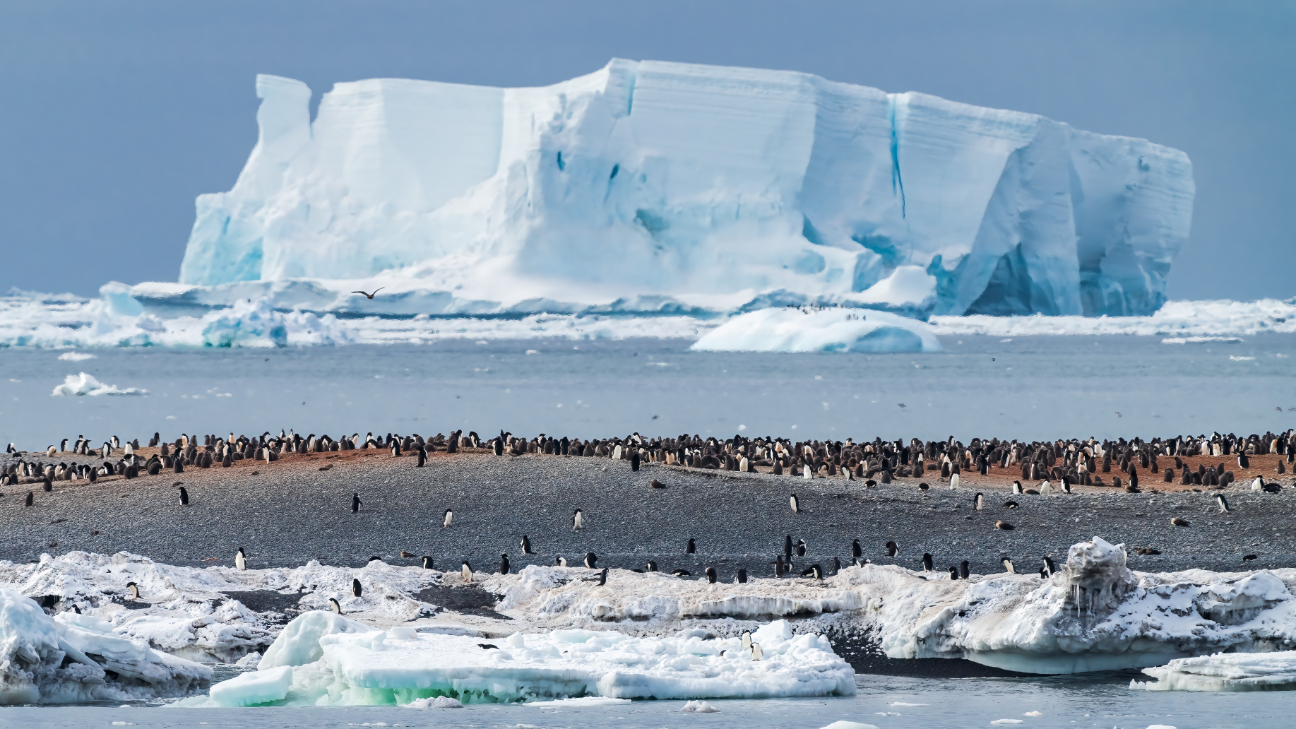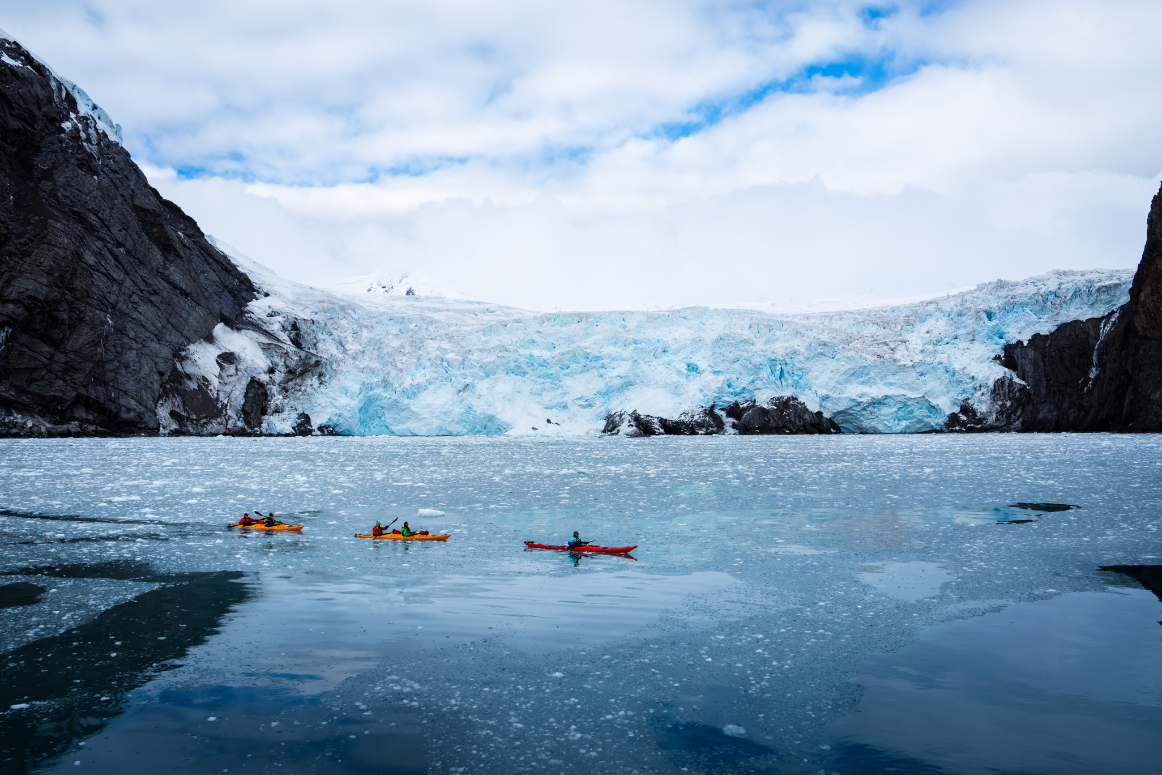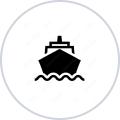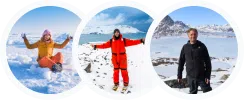Epic Antarctica: Crossing the 7th Continent
Dunedin - Ushuaia
Welcome to Aurora Expeditions’ Epic Antarctica: Crossing the 7th Continent expedition. Calling all pioneers, history buffs and adventure lovers for an epic adventure across the southern seas. Follow in the footsteps of explorers such as Scott, Ross, Amundsen and Shackleton and embark on a journey very few people on this planet have made. Sail beyond the Antarctic Circle, uncover wonders of the Ross Sea, explore the Peninsula and the incredible sights in between! This is a once-in-a-lifetime opportunity to witness the beauty and majesty of this remote and pristine environment
Activities
Hiking
Lectures
Polar Plunge
Sea Kayaking
Wildlife Watching
Zodiac Cruises
Itinerary
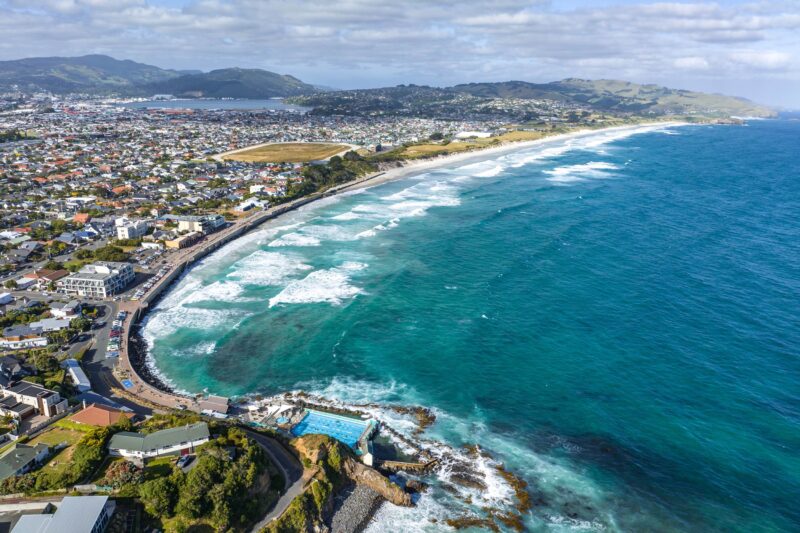
Days 1-2
Dunedin
Arrive in Dunedin, where you will be met by a representative of Aurora Expeditions and transferred with your fellowexpeditioners to your assigned pre-voyage hotel. If you are already in Dunedin, we ask you to make your way to yourhotel. This afternoon, visit the Aurora Expeditions hospitality desk in the lobby to collect your luggage tags. Pleaseclearly label the tags with your name and ship cabin number. Our team will confirm details regarding yourembarkation day, answer any questions and provide you with information on where to dine or purchase last minuteitems.That evening, enjoy light refreshments as you meet your fellow expeditioners at a Welcome Reception and Pre-Embarkation Briefing. Afterwards, enjoy your evening in New Zealand’s southernmost city. You may like to indulge ina meal at one of Dunedin’s fine restaurants, or perhaps enjoy a leisurely stroll along the picturesque Otago harbour.Assigned accommodation: To be advised
Clinging to the walls of the natural amphitheater at the west end of Otago Harbour, the South Island's second-largest city is enriched with inspiring nearby seascapes and wildlife. Because Dunedin is a university town, floods of students give the city a vitality far greater than its population of 122,000 might suggest. Its manageable size makes it easy to explore on foot—with the possible exception of Baldwin Street, the world's steepest residential street and home to the annual "gutbuster" race, in which people run up it, and the "Jaffa" race, in which people roll the namesake spherical chocolate candy down it.Dunedin, the Gaelic name for Edinburgh, was founded in 1848 by settlers of the Free Church of Scotland, a breakaway group from the Presbyterian Church. The city's Scottish roots are still visible; you'll find New Zealand's first and only (legal) whisky distillery, a statue of Scottish poet Robert Burns, and more kilts, sporrans, and gillies than you can shake a stick at! The Scottish settlers and local Māori came together in relative peace, but this wasn't true of the European whalers who were here three decades before, as places with names such as Murdering Beach illustrate.Dunedin has always had a reputation for the eccentric. Wearing no shoes and a big beard here marks a man as bohemian rather than destitute, and the residents wouldn't have it any other way. The University of Otago was the country's first university and has been drawing writers ever since its founding in 1871, most notably Janet Frame and the poet James K. Baxter. Dunedin also has a musical heritage, which blossomed into the "Dunedin Sound" of the 1970s and '80s.
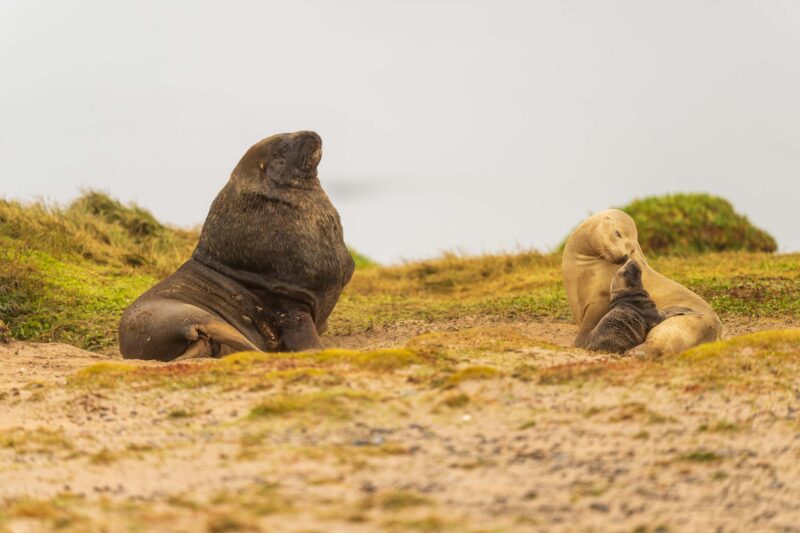
Days 4-5
Auckland Islands
First visited by Māori navigators centuries ago, these islands are of great significance to Ngāi Tahu, the indigenous peoples of New Zealand’s South Island. Their natural beauty and astonishing biodiversity have now been recognised globally, but few have had the privilege to visit these far-flung shores, which are now yours to explore.Auckland Islands (Maungahuka / Motu Maha)Born of fire, scoured by ancient glaciers and shaped by the fierce hand of the Southern Ocean, there is an exquisite ruggedness to this group of weather-worn islands. This apparent bleakness belies the extraordinary abundance of life that thrives here. Roughly half of the world’s yellow-eyed penguins (hoiho), most of the world’s white-capped mollymawks, and the entire population of Auckland Islands wandering albatross find shelter on these shores. Embrace the spirit of exploration as your expedition team designs your voyage from day to day, bringing decades of experience to selecting ideal sites based on the prevailing conditions and wildlife opportunities.

Day 5
Carnley Harbor, Auckland Islands
Carnley Harbour offers superb Zodiac cruising through a landscape rich in human history. In 1864, five men became stranded here after their schooner, the Grafton, was wrecked, putting a sudden end to their sealing and tin prospecting ambitions. We hope to see the skeletal remnants of the Grafton, and the moss-covered remains of the Epigwaitt Hut, where they sheltered for 20 months.

Day 6
Auckland Islands
Victoria Passage is a lively channel separating Auckland Island from the mountainous Adams Island to the south. We may Zodiac cruise these scenic waters, watching for sooty shearwaters, penguins and sea-lions frolicking in the pure waters.
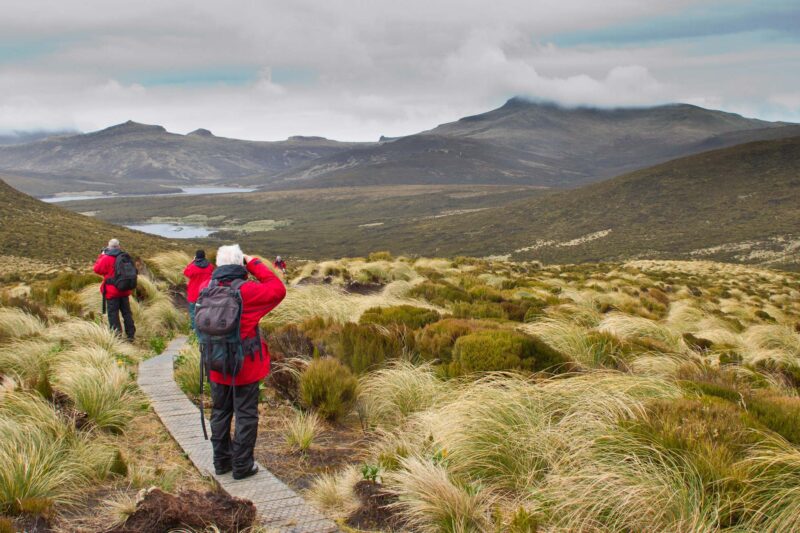
Day 6
Campbell Island
Wind and weather permitting, we will Zodiac cruise sheltered harbours and coves in search of Campbell Island snipes and teals, yellow-eyed penguins (hoiho), and New Zealand (Hooker’s) sea lions (whakahao). We hope to land at Beeman Cove, Perseverance Harbour, where an old meteorological station stands vigil on the windswept shoreline. Follow a boardwalk through tussock and upland tundra, then enter an otherworldly landscape where large-leaved megaherbs abound. Wonder at the Ross Lily, Campbell Island Daisy and Campbell Island carrot, whose brilliant flowers would look more at home in the tropics than these southern climes. Continue towards the nesting grounds of majestic southern royal albatross, whose wingspans can exceed three metres (10 feet). It is truly humbling to be in the presence of these great wanderers of the southern seas. Find a spot to quietly observe these marvellous birds as they go about their daily duties, undisturbed by their human visitors.
The Campbell Islands are a group of subantarctic islands in New Zealand. Known for its rich flora display, Campbell Islands are overflowing with megaherbs, herbaceous, perennial wildflowers which are recognised for their great size, colourful flowers and large leaves. The islands are furthermore home to some rare, and critically endangered birds including the Campbell Island teal and snipe. Enjoy a guided walk on the Col Lyell Saddle boardwalk and head out on the Zodiac for a unique tour around the coastline of Perseverance Harbour.
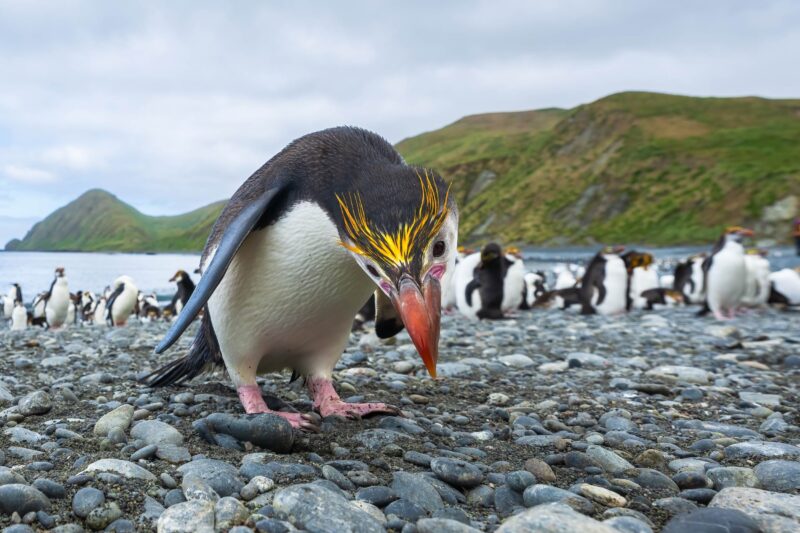
Days 8-9
Macquarie Island, Tasmania
“Penguins were in thousands on the uprising cliffs, and from rookeries near and far came an incessant din . . .seabirds of many varieties gave warning of our near approach to their nests” Douglas Mawson, 1911.As they sailed towards Antarctica, Mawson and his men encountered ‘an exquisite scene’. Macquarie Island (knownaffectionately as Macca) rises steeply from the Southern Ocean in a series of emerald summits: a beautifully fierce,elemental landscape teeming with life.Keep your binoculars handy because this subantarctic refuge is home to 3.5 million breeding seabirds, including noless than four species of penguin! Alongside boisterous colonies of tuxedoed kings, charming gentoos, robustrockhoppers and endemic royal penguins, you’ll find three types of fur seals and a large proportion of the world’selephant seals. Layer up and head out on deck to experience the sound, sight (and smell!) as you approach one ofthe largest concentrations of life in the Southern Ocean.Remember to keep an eye out for Macca’s kelp forests—these remarkable underwater ecosystems are quitemesmerising as their fronds sway back and forth on the water’s surface.In addition to being a globally recognised and protected wildlife refuge, Macquarie Island played an important role inAntarctic history. It was here, in 1911, that five men disembarked Mawson’s Aurora and established a radio relaystation which would transmit the first communication from Antarctica to the outside world.
Macquarie Island is a UNESCO World Heritage Site due to its major geoconservation significance. It is the only island in the world that is entirely composed of oceanic crust and rocks from the mantel. The unique diversity of the island makes it a truly remarkable place to visit. Sand Bay is located on the east coast where you will find Royal and King Penguin rookeries as well as Southern Elephant Seals, and if the weather permits, you will have the opportunity to get closer on a Zodiac®.
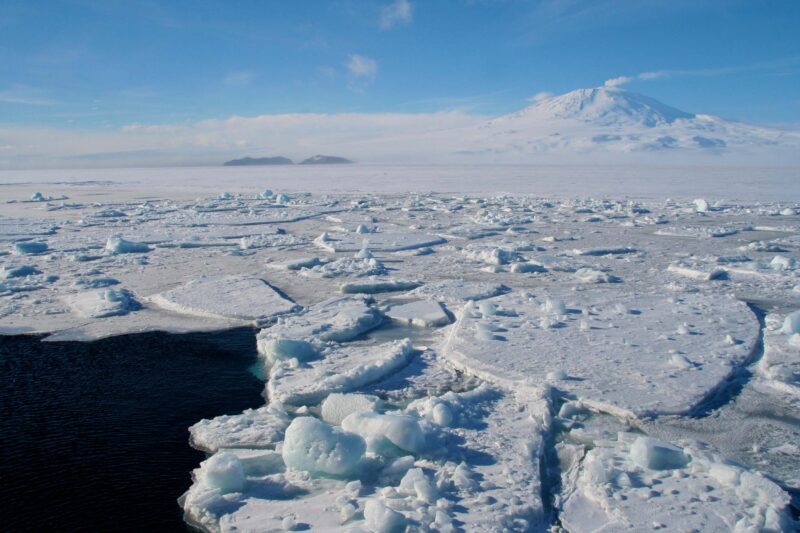
Days 13-18
Cruise East, Antarctica, Ross Sea
It’s almost impossible to describe the feeling of arriving in this storied, ice-bound sector of Antarctica. Steppingoutside and taking a deep breath of some of the most fresh, crisp air on earth is an experience to cherish forever.The Ross Sea region is a globally significant wildlife sanctuary. Its nutrient-rich waters support an astonishing array ofuniquely adapted Antarctic species, including Ross Sea orcas, Antarctic petrels and South Pacific Weddell seals. It isalso home to Antarctica’s largest Adélie penguin colony, and many of the largest emperor penguin colonies. Theunique biodiversity of the Ross Sea has been protected within the world’s largest marine protected area since 2016.The human heritage of the Ross Sea coast is equally impressive. Since James Clark Ross discovered the region in1841, countless expeditions have built base camps on scattered ice-free slivers of land, using them as staging postsfor bold forays across the polar plateau. Many of them departed in a hurry, leaving artefacts, scientific equipmentand sometimes entire huts behind. Today these sites are preserved as open-air museums and protected under theAntarctic Treaty System.Embrace the spirit of exploration as your expedition team designs your voyage from day to day, bringing decades ofexperience to selecting the ideal sites based on the prevailing weather, ice conditions and wildlife opportunities.
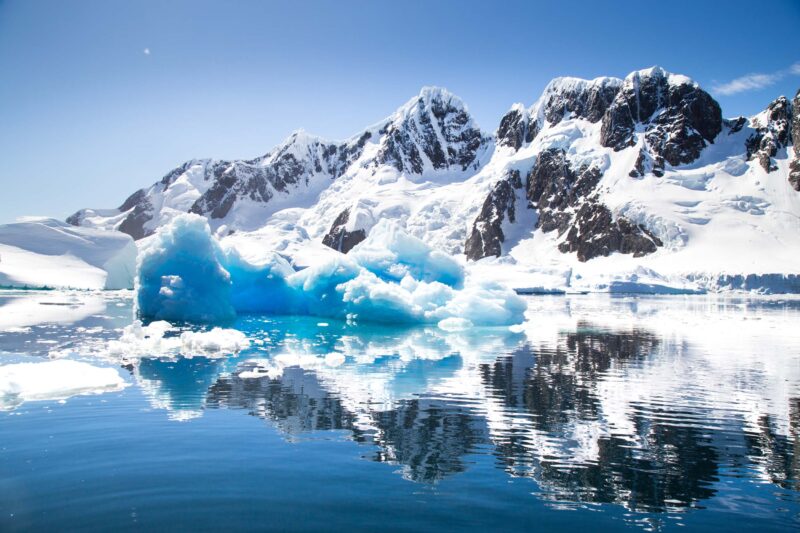
Days 27-31
Antarctic Peninsula
While on the Peninsula we generally make landings or Zodiac excursions twice a day. Rug up and join a Zodiac cruiseto view spectacular ice cliffs or explore grounded icebergs, keeping an eye out for whales, seals and penguins, whichfrequently travel and feed in these waters. Zodiacs will also transport you from the ship to land, where you can visitpenguin rookeries, discover historic sites and explore some of our favourite spots along the Peninsula.While ashore we aim to stretch our legs, wandering along pebbly beaches or perhaps up snow-covered ridgelines tovantage points with mountains towering overhead and ice-speckled oceans below. If you have chosen an optionalactivity, you will have the option to do that whenever conditions allow, and of course keen polar plungers will havethe chance to fully immerse themselves in polar waters - conditions permitting!In addition to Zodiac cruises and shore excursions, we may ship cruise some of the narrow, dramatic straitsseparating offshore islands from the mainland, or linger in scenic bays to marvel at sculptural icebergs andphotograph spectacular scenery. This is a great time to enjoy panoramic views from the observation lounge or makeyour way to the bridge (open at the Captain’s discretion) for uninterrupted views of Antarctica in all its splendour.Keep an ear out for the creak and deep rumble of glaciers as they break off, calving into the sea. Take a quietmoment to experience the wonder of this incredible white continent.
Remote and otherworldly, Antarctic is irresistible for its spectacular iceberg sculptures and calving glaciers, and for the possibility of up-close encounters with marine mammals and the iconic penguins. The Antarctic Peninsula – the main peninsula closest to South America – has a human history of almost 200 years, with explorers, sealers, whalers, and scientists who have come to work, and eventually intrepid visitors coming to enjoy this pristine and remote wilderness. It is a region of protected bays, unscaled snow-capped mountains, vast glaciers and a few places where whalers or scientists have worked. Just as irresistible are the many Gentoo and Chinstrap Penguin colonies, the seals basking on ice floes, the whales and orcas.
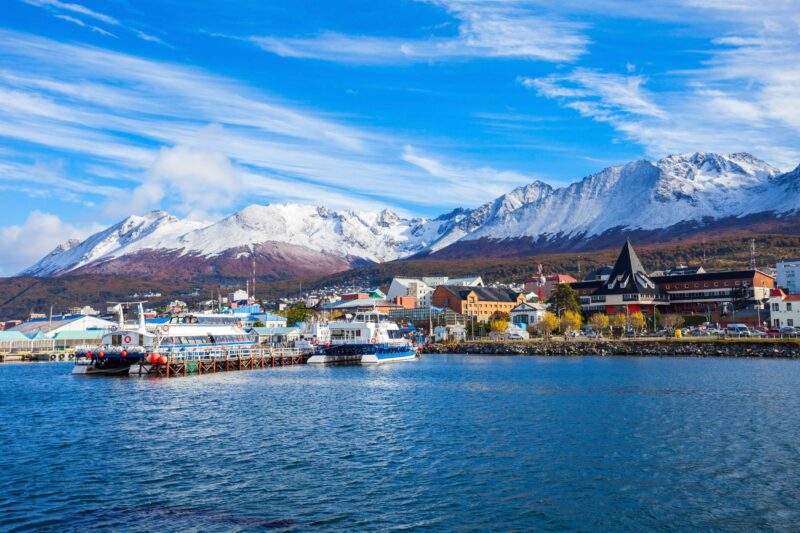
Day 34
Ushuaia
During the early morning, we cruise up the Beagle Channel, before quietly slipping into dock in Ushuaia, where wewill be free to disembark around 8.00 am. Farewell your expedition team and fellow passengers as we all continueour onward journeys, hopefully with a newfound sense of the immense power of nature.Upon disembarkation, for those continuing their travels in the region, transportation to the hotel will be arrangedexclusively for guests who have booked their accommodations through Aurora or for those staying in downtownareas near the port. Expeditioners departing on flights prior to 12:30 pm will be directly transferred to UshuaiaAirport, those with flights after 12:30 pm will have the opportunity to explore Ushuaia before an afternoon airporttransfer, and the transfer procedures and details will be communicated onboard before disembarkation.Note: At the conclusion of the voyage, we do not recommend booking flights departing Ushuaia prior to 12.00 pmon the day of disembarkation in case there are delays.
At 55 degrees latitude south, Ushuaia (pronounced oo-swy-ah) is closer to the South Pole than to Argentina's northern border with Bolivia. It is the capital and tourism base for Tierra del Fuego, the island at the southernmost tip of Argentina.Although its stark physical beauty is striking, Tierra del Fuego's historical allure is based more on its mythical past than on rugged reality. The island was inhabited for 6,000 years by Yámana, Haush, Selk'nam, and Alakaluf Indians. But in 1902 Argentina, eager to populate Patagonia to bolster its territorial claims, moved to initiate an Ushuaian penal colony, establishing the permanent settlement of its most southern territories and, by implication, everything in between.When the prison closed in 1947, Ushuaia had a population of about 3,000, made up mainly of former inmates and prison staff. Today the Indians of Darwin's "missing link" theory are long gone—wiped out by diseases brought by settlers and by indifference to their plight—and the 60,000 residents of Ushuaia are hitching their star to tourism.The city rightly (if perhaps too loudly) promotes itself as the southernmost city in the world (Puerto Williams, a few miles south on the Chilean side of the Beagle Channel, is a small town). You can make your way to the tourism office to get your clichéd, but oh-so-necessary, "Southernmost City in the World" passport stamp. Ushuaia feels like a frontier boomtown, at heart still a rugged, weather-beaten fishing village, but exhibiting the frayed edges of a city that quadrupled in size in the '70s and '80s and just keeps growing. Unpaved portions of Ruta 3, the last stretch of the Pan-American Highway, which connects Alaska to Tierra del Fuego, are finally being paved. The summer months (December through March) draw more than 120,000 visitors, and dozens of cruise ships. The city is trying to extend those visits with events like March's Marathon at the End of the World and by increasing the gamut of winter activities buoyed by the excellent snow conditions.A terrific trail winds through the town up to the Martial Glacier, where a ski lift can help cut down a steep kilometer of your journey. The chaotic and contradictory urban landscape includes a handful of luxury hotels amid the concrete of public housing projects. Scores of "sled houses" (wooden shacks) sit precariously on upright piers, ready for speedy displacement to a different site. But there are also many small, picturesque homes with tiny, carefully tended gardens. Many of the newer homes are built in a Swiss-chalet style, reinforcing the idea that this is a town into which tourism has breathed new life. At the same time, the weather-worn pastel colors that dominate the town's landscape remind you that Ushuaia was once just a tiny fishing village, snuggled at the end of the Earth.As you stand on the banks of the Canal Beagle (Beagle Channel) near Ushuaia, the spirit of the farthest corner of the world takes hold. What stands out is the light: at sundown the landscape is cast in a subdued, sensual tone; everything feels closer, softer, and more human in dimension despite the vastness of the setting. The snowcapped mountains reflect the setting sun back onto a stream rolling into the channel, as nearby peaks echo their image—on a windless day—in the still waters.Above the city rise the last mountains of the Andean Cordillera, and just south and west of Ushuaia they finally vanish into the often-stormy sea. Snow whitens the peaks well into summer. Nature is the principal attraction here, with trekking, fishing, horseback riding, wildlife spotting, and sailing among the most rewarding activities, especially in the Parque Nacional Tierra del Fuego (Tierra del Fuego National Park).
Map
Need advice?
No hard sell. Just excellent advice.
And Penguins.
- Guaranteed Best Operator Price
- 100% Financial Protection
- Free Travel Advice and Support
The Ship
Choose Your Cabin
Deck Plan










